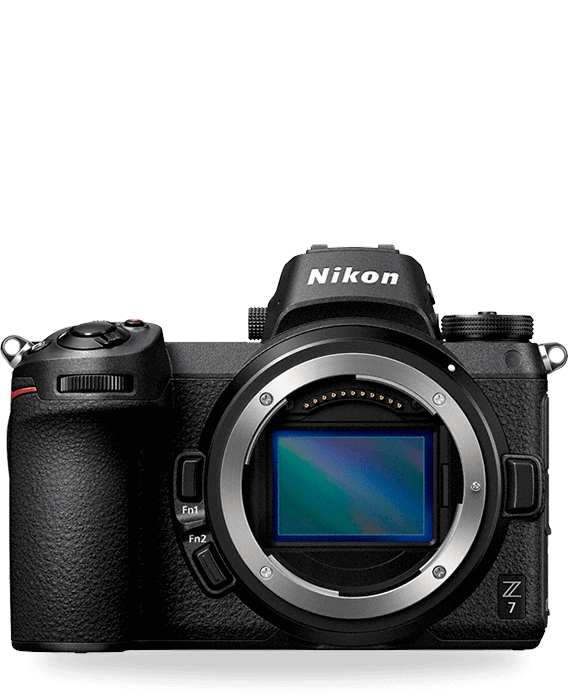Nikon Nikkor z 70-200mm f/2.8 s VR S Lens, 2-YEAR NIKON WARRANTY
LKN Australia is an Official Nikon Australia reseller.

Obsession for details. Uncompromising Zoom.


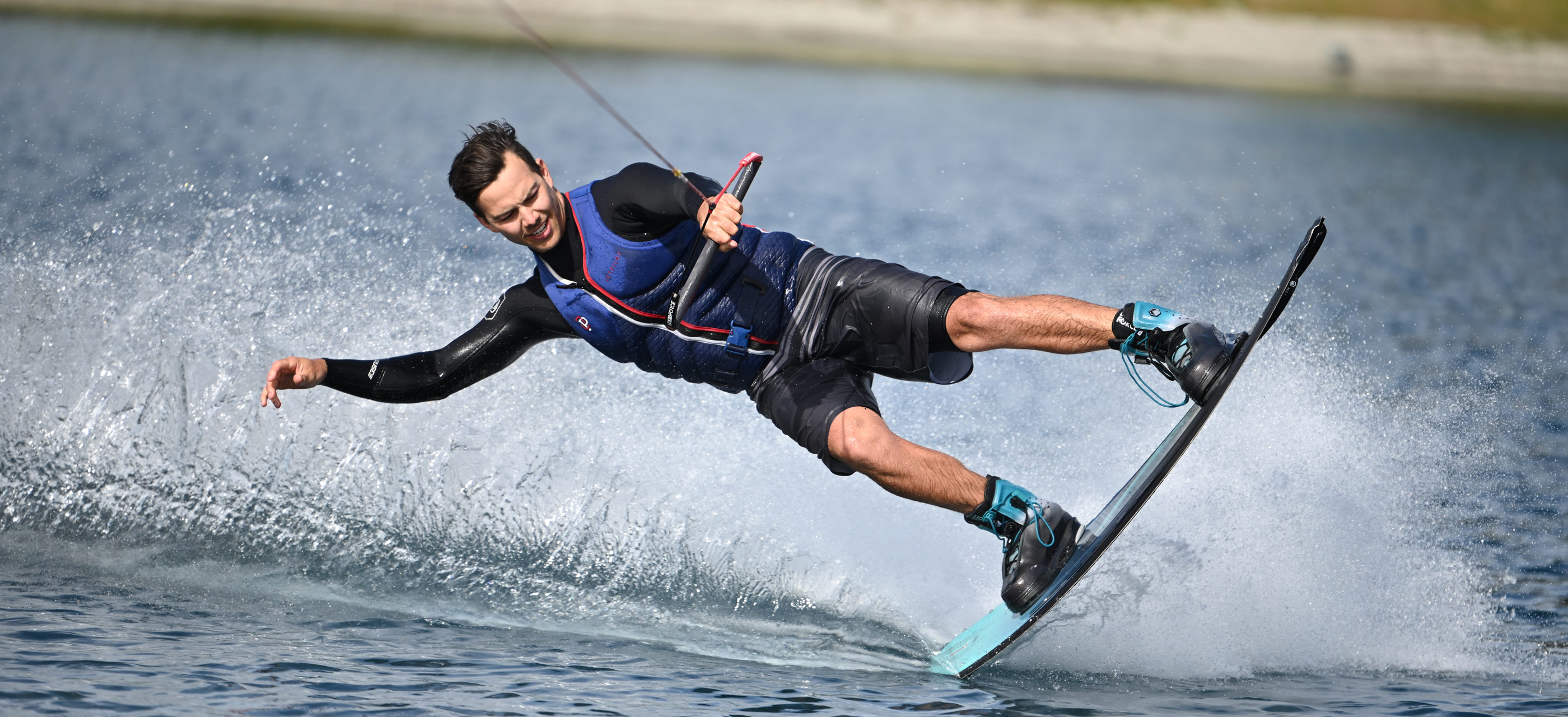
S-Line
NIKKOR quality at its absolute best.

Class-leading close focusing.

The finest of details.

Smooth, fast and quiet autofocus.
Superior color and sharpness
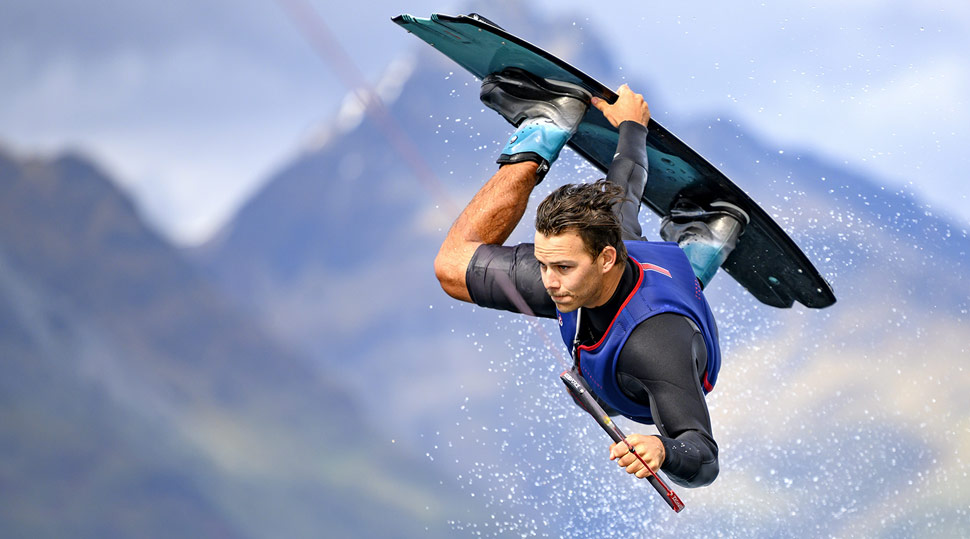
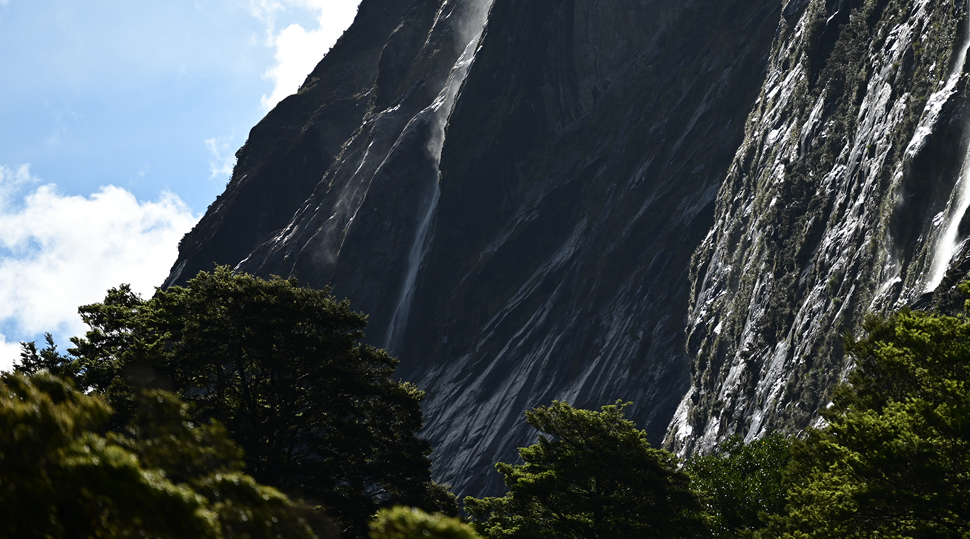

Brilliant in low light.
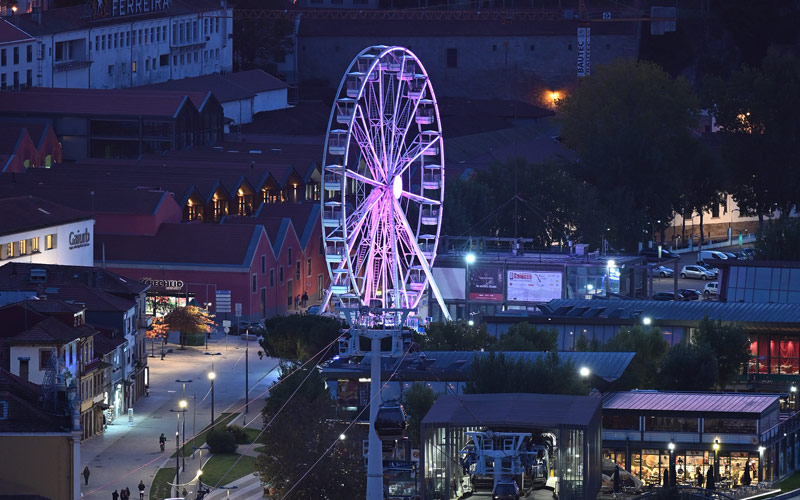
Frame-filling brightness.
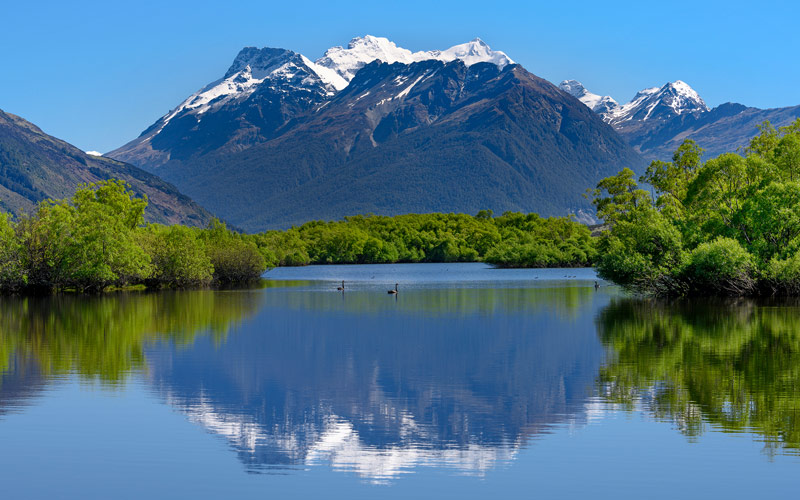
Blurred so beautifully.

Steadier than ever.

Highly-cinematic.
The NIKKOR Z 70-200mm f/2.8 VR S is a remarkable lens for video applications. Smooth, silent AF with virtually no focus breathing. Standard 77mm filter support. Superior optical image stabilization combines with the camera's* in-body image stabilization and Electronic VR. All of this added to the versatility of the highly useful 70-200mm focal range.
*In-body image stabilization not available in all Z series cameras.
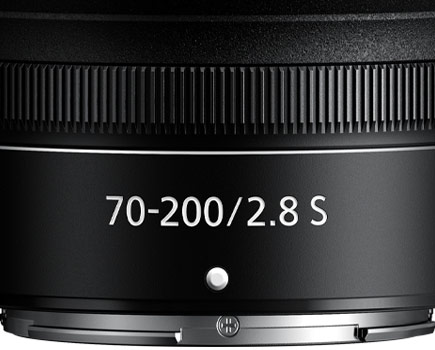
Customizable control ring.
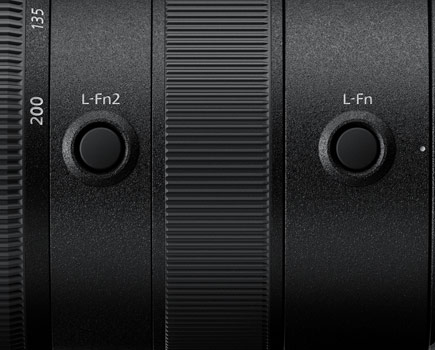
Customizable shortcut buttons.
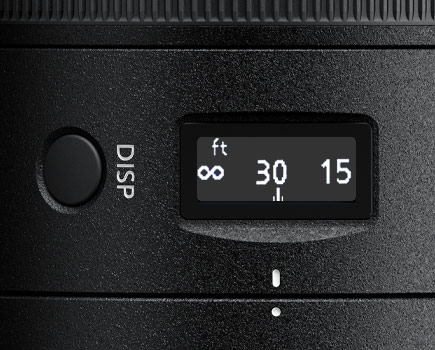
Lens information panel.
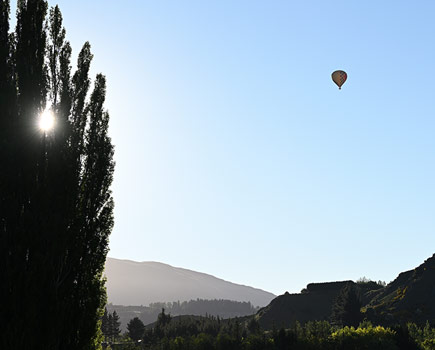
Optimal anti-reflective performance.
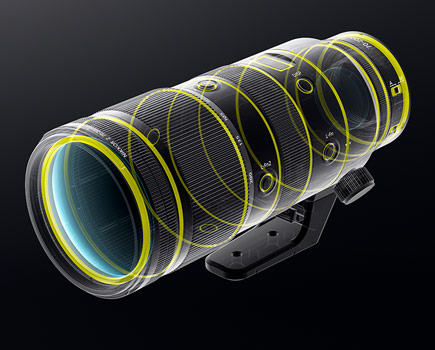
Dust and Drip resistant
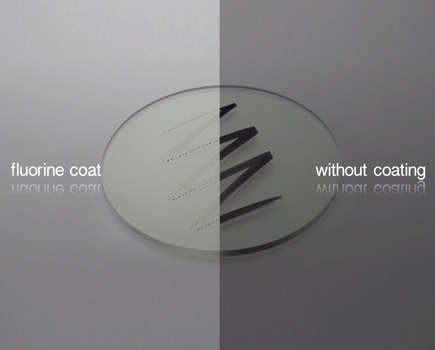
Fluorine keeps it clean.
Next-Generation Z Design and Optics.
The NIKKOR Z Advantage
| Lens Features |
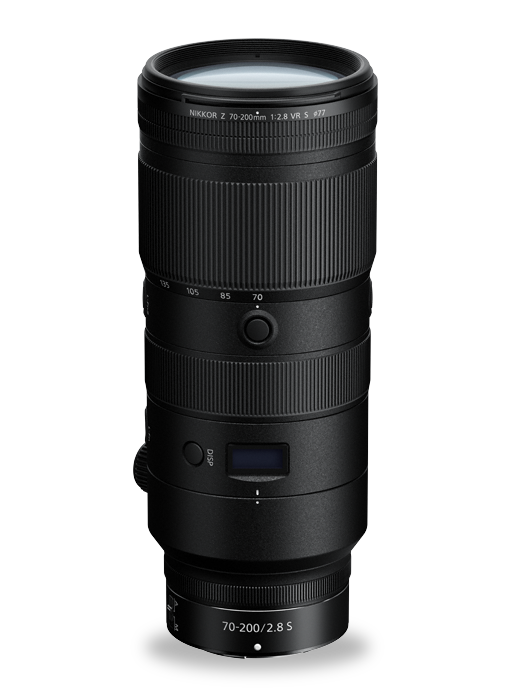
NIKKOR Z
|
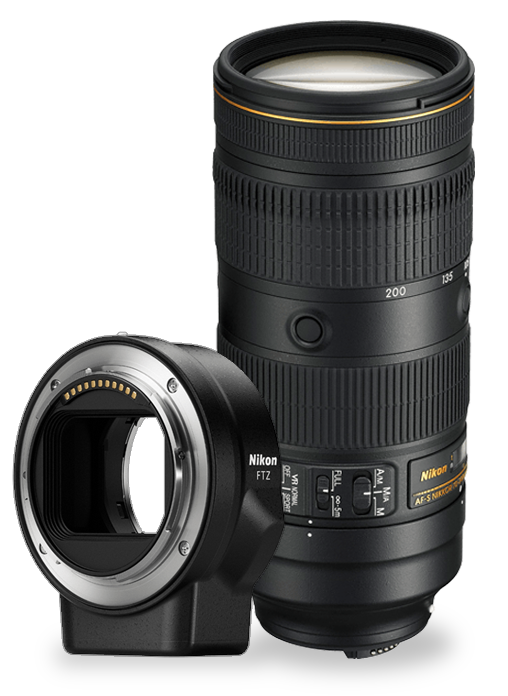
NIKKOR
(using Mount Adapter FTZ)
|
|
|---|---|---|---|
IN-CAMERA IMAGE STABILIZATION |
5-Axis* /5.5 Stops |
3-Axis /4 Stops |
|
AF MOTOR NOISE |
Virtually Eliminated |
Near Silent |
|
MULTI-FOCUSING SYSTEM |
|||
MIN. FOCUS DISTANCE |
0.5m (W) - 1.0 (T) |
1.1m |
|
ASPHERICAL LENS ELEMENTS |
2 |
0 |
|
HIGH- AND SPECIALIZED-DISPERSION GLASS (SR) |
1 |
0 |
|
ANTI-REFLECTIVE COATING |
Nano + ARNEO |
Nano |
|
MINIMIZED FOCUS BREATHING |
|||
CUSTOM CONTROL RING |
|||
OPTIONAL MOUNT ADAPTER |
Required |
||
MOUNT DIAMETER / FLANGE DISTANCE |
55mm / 16mm |
47mm / 46.5mm |
Technology
-
Short-Wavelength Refractive Lens
SR is a high- and specialized-dispersion glass lens that refracts light with wavelengths shorter than that of blue. By controlling short-wavelength light, the lens is able to achieve highly precise chromatic aberration compensation so that the colors in your images are more accurately reproduced. It also allows for more flexible optical designs, which allows for compact, lighter lenses to be designed. -
ARNEO Coat
An anti-reflective coating developed by Nikon and used in conjunction with Nano Crystal Coat to further reduce ghost and flare effects caused by incident light entering the lens vertically. This allows for the outstandingly clear capture of images even when a light source is located within the frame. -
Fluorite Lens Element
Fluorite (FL), a lightweight mono-crystal optical material, has excellent optical properties while reducing overall lens weight to improve balance and handling, especially useful in longer focal length lenses. -
Fluorine Coat
Photographers need gear that can withstand the elements. Nikon’s fluorine coat effectively repels dust, water droplets, grease or dirt, ensuring easy removal even when they adhere to the lens surface. Nikon’s fluorine coat endures a high frequency of lens surface wiping and its anti-reflective effect also contributes to the capture of clear images. -
Stepping Motor
NIKKOR Z lenses use a stepping motor for fast, accurate, smooth, quiet autofocus with reduced wobbling. This quiet drive system makes the lenses ideal for use when shooting video. -
Electromagnetic Diaphragm Mechanism
An electromagnetic diaphragm mechanism in the lens barrel provides highly accurate electronic diaphragm or aperture blade control when using auto exposure during continuous shooting. With conventional D/G type lenses, the diaphragm blades are operated by mechanical linkage levers. -
ED (Extra-Low Dispersion) Glass
An optical glass developed by Nikon that is used with normal optical glass in telephoto lenses to obtain optimum correction of chromatic aberrations. -
Nano Crystal Coat
An anti-reflective coating developed by Nikon that virtually eliminates internal lens element reflections across a wide range of wavelengths. Nano Crystal Coat solves ghost effects caused by red light and effectively reduces ghost and flare caused by light entering the lens diagonally. -
Aspherical Lens
A lens with a curved, non-spherical surface. Used to reduce aberrations and enable a more compact lens size. Aspherical lenses minimize coma and other types of lens aberrations, even when used at the widest aperture. They are particularly useful in correcting distortion in wide-angle lenses and help contribute to a lighter, more compact design by reducing the number of standard (spherical) elements necessary. Aspherical lens elements correct these distortions by continuously changing the refractive index from the center of the lens. -
IF Lens
A NIKKOR lens in which only the internal lens group shifts during focusing. Thus, IF NIKKORS do not change in size during AF operation, allowing for compact, lightweight lenses capable of closer focusing distances. These lenses will be designated with the abbreviation IF on the lens barrel. -
Super Integrated Coating
Nikon Super Integrated Coating is Nikon's term for its multilayer coating of the optical elements in NIKKOR lenses. -
Vibration Reduction
A Nikon in-lens technology that improves image stability by automatically compensating for camera shake. Lenses that offer VR will feature the abbreviation VR on the lens barrel.
*Based on CIPA Standard: this value is achieved when attached to a FX-format camera with the camera’s VR function set to “NORMAL”, and when zoom is set to the maximum telephoto position.
The lens incorporates an electromagnetic diaphragm mechanism. The following cameras are compatible with this lens: Z 50, Z 7, Z 6.
LCD, Video and Photo Gallery images are for illustrative purposes only.













